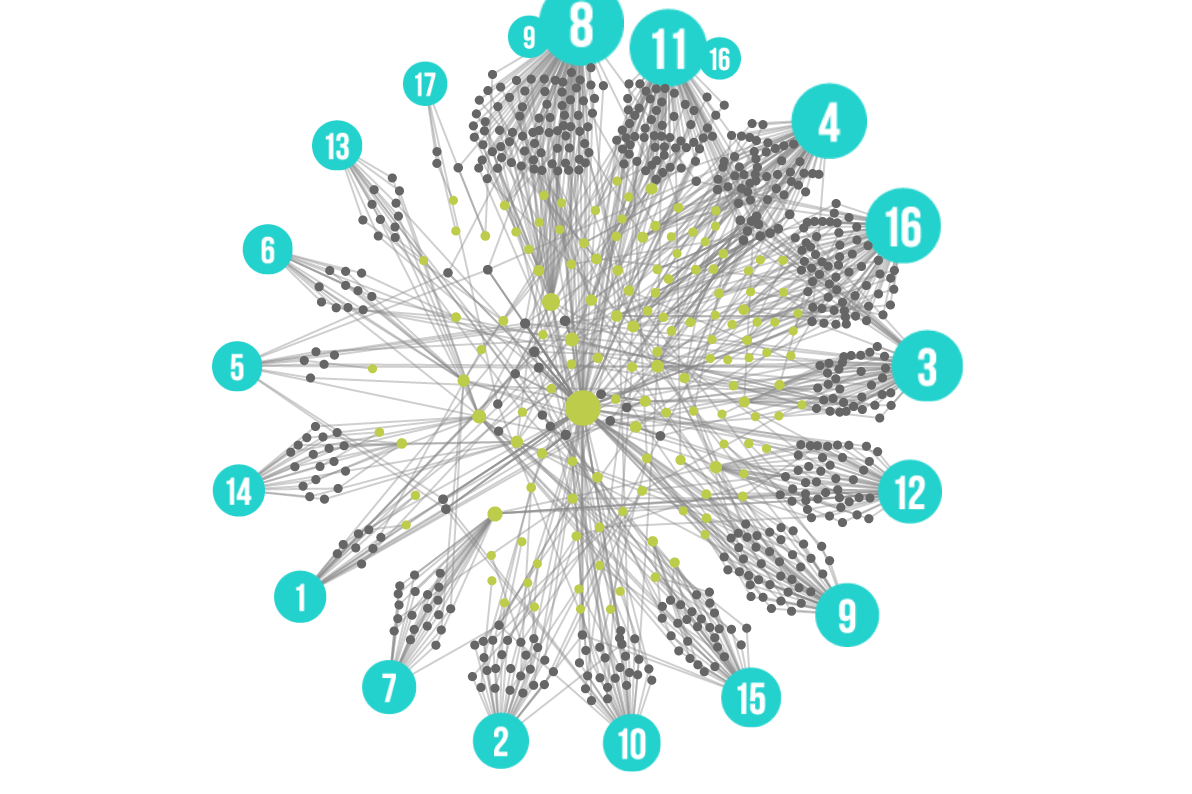The uptake of the SDGs at the global level has been a momentous process, with frenetic activity at the UN level matched by many countries that are serious about SDG monitoring. However, there is a glaring issue that seems to be bypassing most concerned, which relates to the different requirements of global versus national monitoring and to the need, at the local level, to balance the use and protection of natural resources, so that the global aspiration for sustainability can be achieved.
While the main emphasis of SDG monitoring and reporting to date has been on global indicators, these data, while interesting when looking at global trends, are of little value for management at the country level. This is a big deal because management at the country, and even local level, is where the SDGs will either succeed or fail, something that is recognized in the text of the 2030 Agenda for Sustainable Development: “Targets are defined as aspirational and global, with each government setting its own national targets guided by the global level of ambition but taking into account national circumstances.” It goes on to say “The Goals and targets will be followed up and reviewed using a set of global indicators. These will be complemented by indicators at the regional and national levels which will be developed by Member States.”
It is at the country and even local scale where managers will strategize how to balance the need to use natural resources against the need to protect them. For example, they will need to decide how to manage wastewater discharges to a river downstream from a city, or loss of soil from farmlands. It is at this scale where the difference will be made. It will take countless interventions by every country in the world, the sum of which will hopefully lead to a more sustainable future for all of us. While SDG targets reflect global aspirations, these need to be adapted and applied at the country level. The outcomes, in turn, will feed back into the global assessment of sustainability, e.g. global synthesis reports and deliberations of the High-level Political Forum on Sustainable Development (HLPF).
So what should countries be doing? And no, it is not simply collecting global datasets required for global reporting; it has a much more “local flavor” than that. The issue is that most of the global targets and indicators (especially those for natural resources) do not have quantitative values associated with them, meaning that there is no quantifiable benchmark against which to measure the success or failure of management of these resources. Natural resource management is best done at the national level, where it is influenced by a country’s particular circumstances. One country may, for example, be satisfied with a loss of wetland extent (SDG Indicator 6.6.1) of 50%, while another may require zero loss. The 2030 Agenda does not stipulate any such levels, leaving it up to countries to decide. But are countries making such decisions? Generally not.
A recent publication gives both the context and a solution for how countries could prioritize and set target values or benchmarks, providing an approach to be used by countries, called the ‘SDG National Target Setting Method for Natural Resources.’ The method is focused on setting benchmark values for natural resource targets, including SDG targets 2.4 on ensuring sustainable food production systems and implementing resilient agricultural practices, 6.3 on improving water quality, 6.6 on protecting and restoring water-related ecosystems, 12.2 on sustainable management and efficient use of natural resources, 14.1 on preventing and significantly reducing marine pollution, 14.2 on sustainable management and protection of marine and coastal ecosystems, 14.3 on minimizing and addressing the impacts of ocean acidification, 14.4 on regulating harvesting and ending overfishing, illegal, unreported and unregulated fishing and destructive fishing practices, 15.1 on conservation, restoration and sustainable use of terrestrial and inland freshwater ecosystems and their services, 15.2 on sustainable management of forests and 15.3 on combating desertification.
By following this approach, countries can set their own benchmark values and then get on with ensuring sustainable management of their own resources. This information will not necessarily align with other countries’ data and so may be of limited use for global reporting. Countries can and should, however, make use of these local data as part of their Voluntary National Reviews (VNRs) where they can demonstrate, using appropriate data, how they are progressing towards achieving the SDGs. However, since countries are producing data using different indicators with their own unique benchmark values, only time will tell how these data will be used for a global synthesis of progress towards the SDGs.
* * *
This article was written by: Chris Dickens, International Water Management Institute (IWMI); Vladimir Smakhtin, UN University Institute for Water, Environment and Health (UNU-INWEH); Matthew McCartney, IWMI Southeast Asia (IWMI-SEA); Gordon O’Brien, School of Biology and Environmental Sciences, Faculty of Agriculture and Natural Sciences, University of Mpumalanga, South Africa; and Lula Dahir, IWMI. The work was carried out under the CGIAR Research Program on Water, Land and Ecosystems (WLE).
